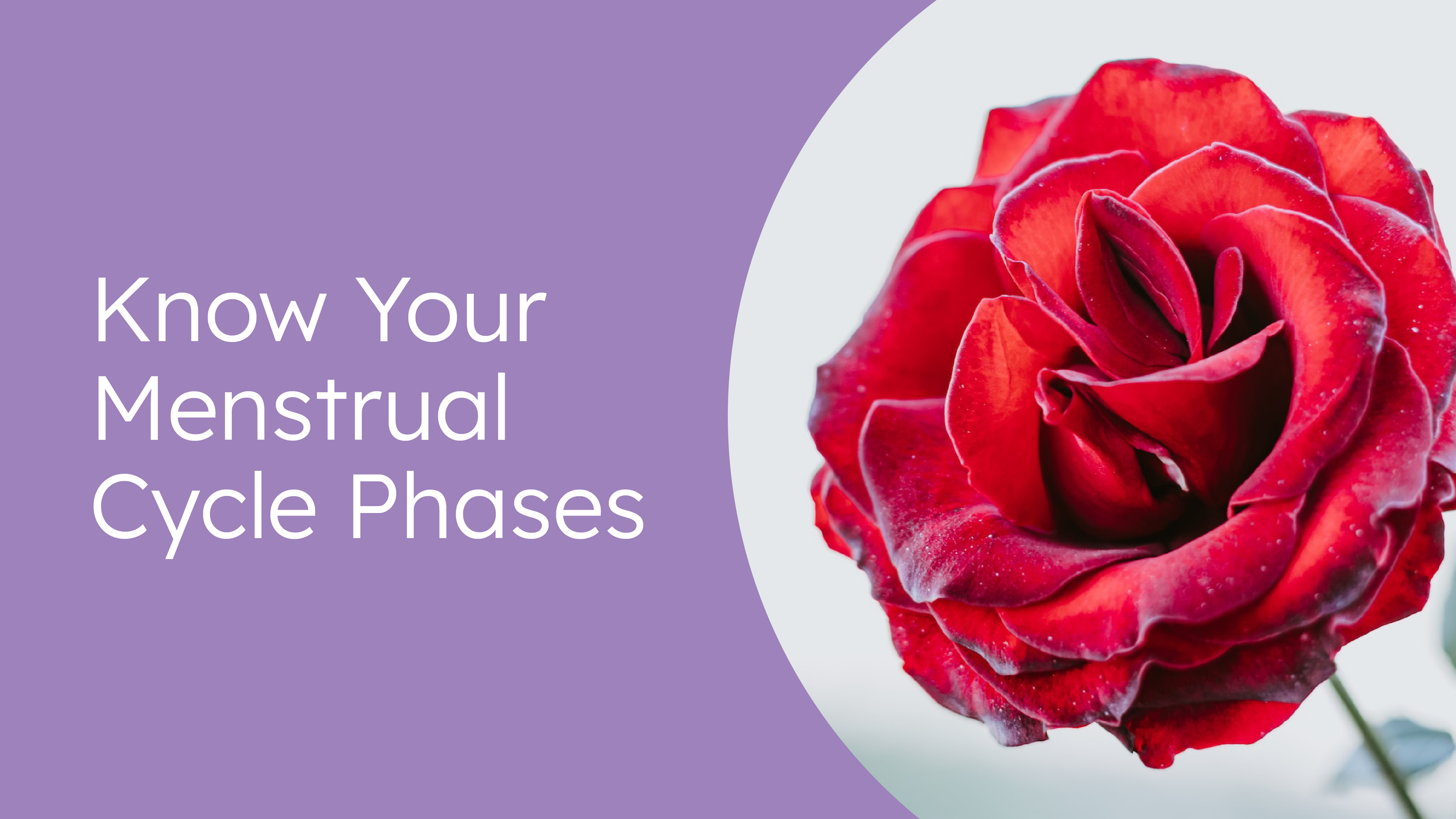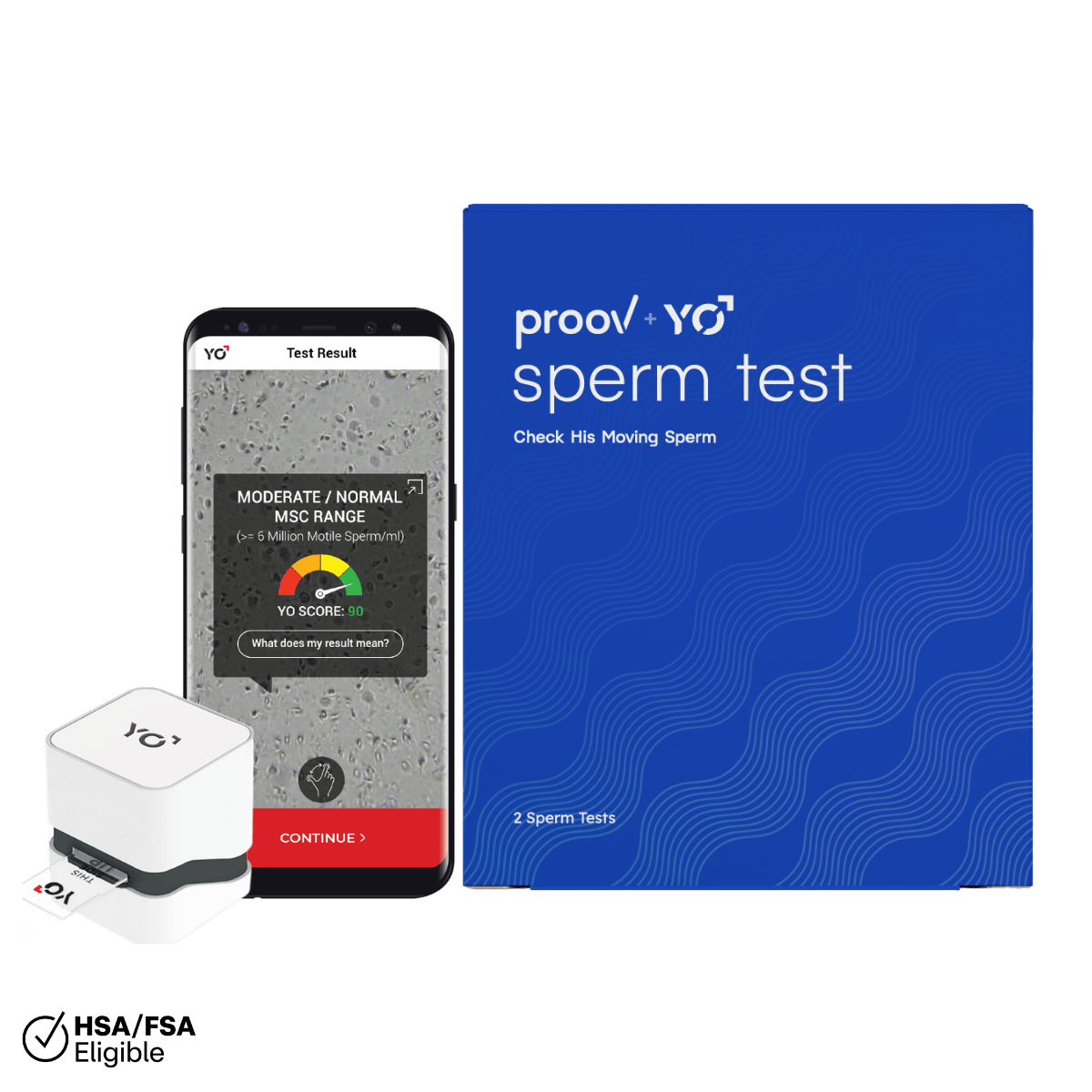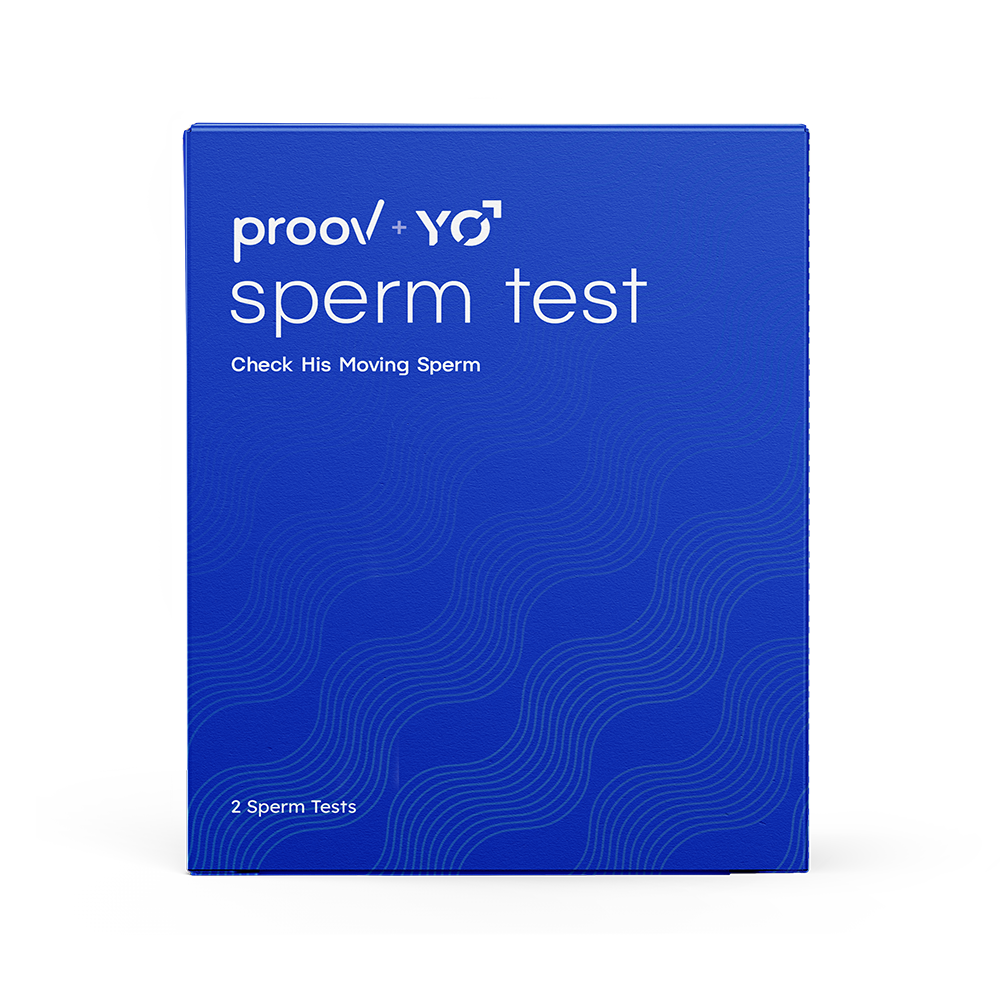Understanding the Menstrual Cycle Phases
The menstrual cycle refers to a natural process that every woman of reproductive age goes through.
It involves several phases that prepare the body for a potential pregnancy.
Understanding these phases is crucial for tracking your health, managing fertility, and knowing when to seek medical advice.
In this blog, we will walk into each phase of the menstrual cycle, discuss what constitutes a normal cycle, and provide tips for maintaining menstrual health.
Key Takeaways
- The menstrual cycle has four phases: menstrual, follicular, ovulation, and luteal, each marked by specific hormonal changes crucial for reproduction.
- Menstrual bleeding marks the start of a new cycle, lasting 2-7 days with low hormone levels.
- Ovulation, occurring midway through the cycle, is the time when pregnancy is possible, characterized by high estrogen and clear, stretchy cervical mucus.
- The luteal phase prepares the uterine lining for pregnancy with increased progesterone; if the egg is not fertilized, the cycle restarts with menstrual bleeding.
- Factors like stress, diet, and exercise can affect cycle length, and tracking your cycle can help identify irregularities and manage reproductive health.
What is the Menstrual Cycle?
The menstrual cycle refers to the monthly series of growth changes a woman's body experiences in preparation for the possibility of pregnancy.
Each cycle starts on the initial day of the period and ends on the day before the next period starts.
The cycle phases of periods include the menstrual phase, the follicular phase, the ovulation phase, and the luteal phase.
Hormonal changes drive these phases and are crucial for reproductive health.
Menstrual Cycle Phases
Menstrual Phase
The menstrual phase is the initial part of the menstrual cycle.
This phase begins when the uterine lining sheds, resulting in menstrual bleeding or a period. It typically lasts 2 to 7 days.
During this time, hormone levels are low, and the body is essentially resetting itself for the next cycle.
The menstrual phase is the most visible part of the cycle and marks the start of a new cycle.
Follicular Phase
Following the menstrual phase, next is the follicular phase.
This second phase starts on the first day of the period and continues until ovulation. During this phase, the body gets ready for ovulation.
The hormone FSH stimulates the ovaries to produce follicles.
One of these follicles will grow into an egg. Estrogen levels begin to rise, and if your period lasts longer, this phase can overlap with the menstrual phase.
The growth and development of the follicles in the ovaries characterize the follicular phase.
Ovulation Phase
The ovulation phase is the midpoint of the menstrual cycle.
This is when the mature egg comes from the ovary.
This phase is critical for conception as it is the only time in the cycle when pregnancy can happen.
A surge of luteinizing hormone (LH) influences ovulation.
During this phase, estrogen levels are high, and cervical mucus becomes clear and stretchy, indicating peak fertility.
The ovulation phase is dura, duration-wise, shortest phase of the cycle, lasting only about 24 to 48 hours.
Luteal Phase
After ovulation, the luteal phase begins.
During this phase, the hormone progesterone rises to ready the uterine lining for a possible pregnancy.
If the egg is not fertilized, then progesterone levels will drop, that results into the shedding of the uterine lining and the starting of a new menstrual cycle.
This phase typically lasts about 14 days.
The luteal phase is crucial for supporting a potential pregnancy and maintaining the uterine lining.
Normal Menstrual Cycle Length
A normal menstrual cycle length varies from woman to woman but typically lasts between 24 to 36 days.
The average normal cycle length is around 28 days.
However, cycles as short as 21 days or as long as 40 days can still be considered normal.
It's important to track your cycle to understand what is normal for you.
Knowing your normal menstrual cycle days can help you identify any irregularities early.
Variations in Cycle Length
While the normal period cycle length is between 24 to 36 days, there can be variations.
Factors such as stress, illness, travel, and changes in routine can affect your cycle length.
Some women may experience irregular cycles, which can highlight underlying health issues that may require medical attention.
Understanding the reasons for these variations can help you maintain a healthy cycle.
Factors Affecting Cycle Length
Several factors can affect your period cycle length:
Stress
High-stress levels can disturb hormonal balance and lead to irregular cycles.
Diet
Poor nutrition can lead to irregular cycles. A balanced diet is important for keeping a healthy cycle.
Exercise
Both excessive exercise and lack of activity can impact your cycle. Regular, moderate exercise is beneficial.
Health Conditions
Conditions like PCOS or thyroid disorders can affect cycle length. These conditions may require medical treatment.
Medications
Certain medications can influence menstrual cycles. Consult your doctor if you notice changes after starting new medications.
Tracking Your Menstrual Cycle
Menstrual cycle tracking is essential for understanding your body and managing your reproductive health.
By tracking your cycle, you can predict your periods, identify your fertile window, and spot any irregularities early.
There are various methods for tracking your cycle, including apps, calendars, and journals.
Tracking your cycle can also provide accurate information to your healthcare provider.
Benefits of Menstrual Cycle Tracking
Predict Periods
Knowing when your period is due lets you prepare in advance.
Identify Fertile Window
Tracking can help you identify your most fertile days if you're trying to conceive.
Spot Irregularities
Regular tracking can help you notice any changes or irregularities in your cycle.
Manage Symptoms
Tracking can help you understand and manage symptoms like PMS or menstrual cramps.
Tips for a Healthy Menstrual Cycle
Maintaining a healthy menstrual cycle involves several lifestyle choices:
Nutrition
Make a diet full of fruits, vegetables, and whole grains. Nutrients like iron, calcium, and vitamins are essential for menstrual health. Avoid unnecessary caffeine and sugar, as they can disrupt hormonal balance.
Exercise
Regular physical activity helps regulate hormones. Aim for moderate exercise, such as walking, swimming, or yoga. Over-exercising can lead to irregular cycles.
Stress Management
Practice stress-reducing techniques like yoga and meditation. High-stress levels disturb hormonal balance and affect your menstrual cycle. Make time for relaxation and activities you enjoy.
Sleep
Ensure you get enough sleep to keep your hormones balanced. Aim for 7-9 hours of sleep each night. Incomplete sleep can lead to hormonal imbalances and affect your menstrual cycle.
Hydration
Drink loads of water to support overall health. Staying hydrated can help manage symptoms like bloating and cramps. Avoid intaking alcohol and caffeine, as they can cause dehydration.
When to See a Doctor
If you experience any of the following, it may be time to consult a doctor:
Extremely painful periods
Severe pain can indicate conditions like endometriosis or fibroids.
Very heavy bleeding
Excessive bleeding can lead to anemia and may require medical treatment.
Irregular cycles or missed periods
Irregular cycles can indicate hormonal imbalances or health issues.
Sudden changes in cycle length
A healthcare provider should evaluate significant changes in your cycle length.
Symptoms of hormonal imbalance
Excessive hair growth, severe acne, or other symptoms may indicate conditions like PCOS.
FAQs
What are the phases of the period cycle?
The phases of the period cycle include the menstrual phase, second the follicular phase, the ovulation phase, and the luteal phase. Each phase has distinct characteristics and plays a prominent role in preparing the body for a potential pregnancy.
What is the normal cycle length?
The normal cycle length varies but is typically between 24 to 36 days. The average cycle is about 28 days long. Understanding your cycle length can help you track your reproductive health.
How many days is a normal menstrual cycle?
A normal menstrual cycle goes between 24 to 36 days. Cycles shorter or longer than this range can still be normal, but significant deviations may require medical consultation.
What can affect my period cycle length?
Several factors can affect your period cycle length:
- Stress: High-stress levels can disrupt hormonal balance.
- Diet: Poor nutrition can lead to irregular cycles.
- Exercise: Both excessive exercise and lack of activity can impact your cycle.
- Health Conditions: Conditions like PCOS or thyroid disorders can affect cycle length.
- Medications: Certain medications can influence menstrual cycles.
Wrap Up
Understanding the menstrual cycle phases is crucial for managing your reproductive health.
Each part of the cycle plays an essential role in preparing the body for potential pregnancy, from the menstrual phase to the luteal phase.
You can ensure your menstrual health is in good condition by tracking your cycle, maintaining a healthy lifestyle, and knowing when to get medical advice.
If you have any concerns about your menstrual cycle, don't hesitate to consult a healthcare provider.
Your menstrual health is an important aspect of your overall well-being, and understanding it is the first step towards maintaining it.












